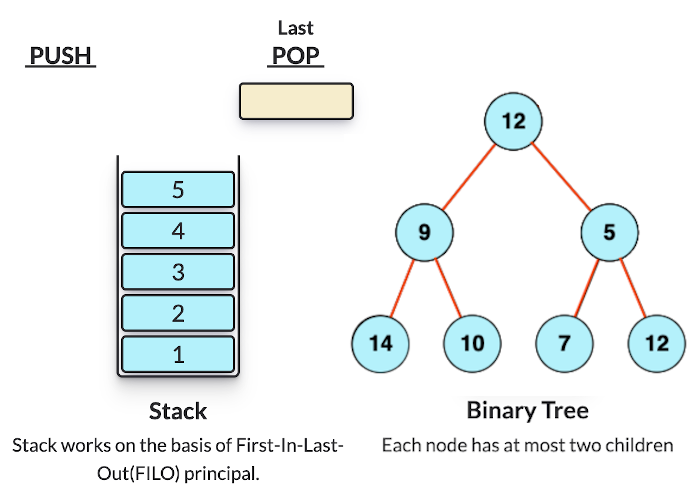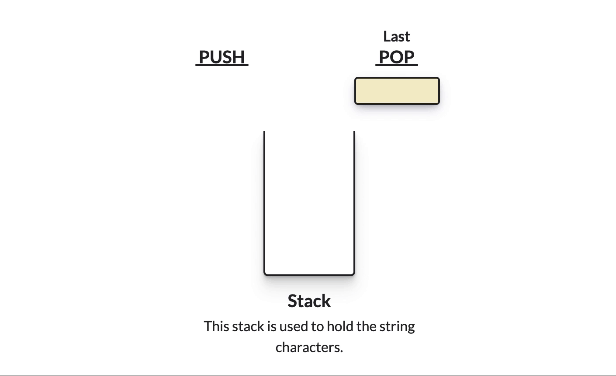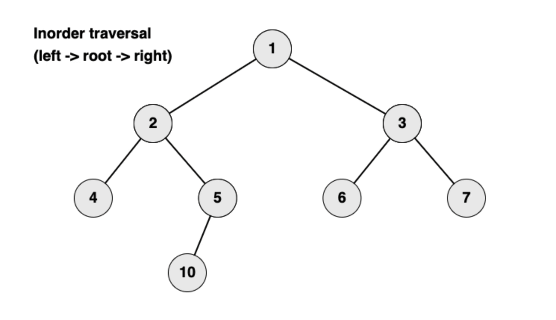Data Structures - Learn by visualizing
How about learning some of the data structures algorithms by visually seeing how they work? I've made a small effort in this site to show you how some algorithms work through the animations.

Data structures are ways of storing, managing, and organizing data in a computer so that it can be efficiently accessed, modified, and processed. Key algorithms and technologies, such as databases, web indexing, searching, and social networking, rely on data structures to manage underlying data effectively. Choosing the right and most efficient data structure is crucial to the success of these technologies and algorithms.
For instance, in databases, efficient algorithms for searching and retrieving data are essential. The performance of any database management system (DBMS) relies on how quickly and efficiently it can read and write data. Thus, implementing the appropriate data structure is key to the success of a DBMS.
There are various types of data structures, each designed to solve specific kinds of problems. Some common examples include arrays, stacks, queues, linked lists, trees, and hash tables. The choice of data structure depends on the specific operations that need to be performed on the data.
Why this site?
While there are many resources available online to learn about data structures, the purpose of this site is to teach you some of the most common data structure algorithms through simple animations. Here, you will visually see and understand techniques such as traversing a binary tree and how basic stack operations, like push and pop, are used to implement different algorithms.
When learning an algorithm, it’s essential to mentally picture each step to fully understand it. But if you can see how the algorithm works through an animation then you can quickly grasp it. And you are making the work easy for your logical brain.
For example in this simple animation you will see how a stack is used to reverse a string "Hello". You will also observe how basic push and pop operations are performed on the stack to implement this algorithm.

Another example shows a technique for traversing binary trees. The animation clearly illustrates how nodes are visited and read in sequence.

As you can see, visualizing how an algorithm works makes it much easier to understand. I’ve created visualizations for several stack and binary tree algorithms to help clarify their concepts and processes. I hope you find this site both informative and engaging!
Feel free to explore the Stacks and Binary Trees sections to review the implemented algorithms and their solutions.
